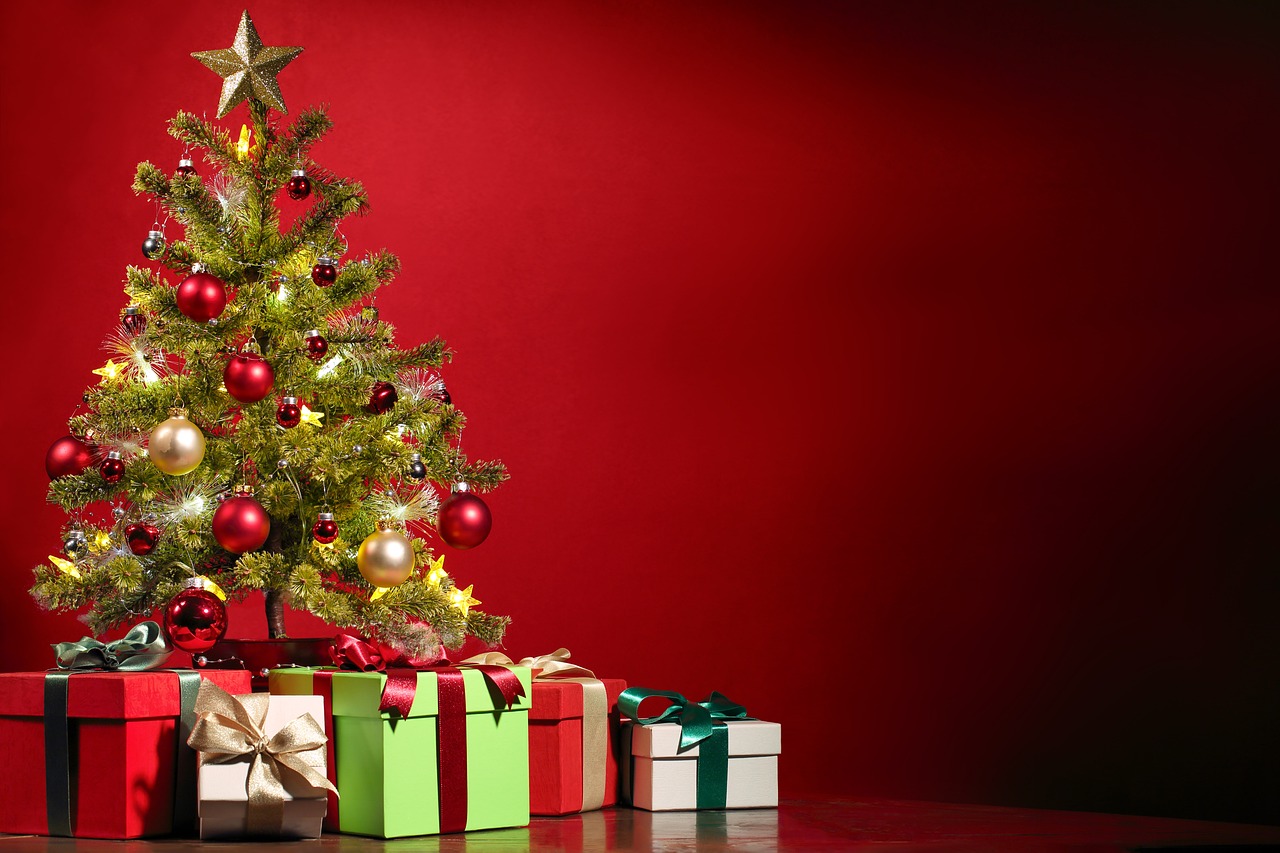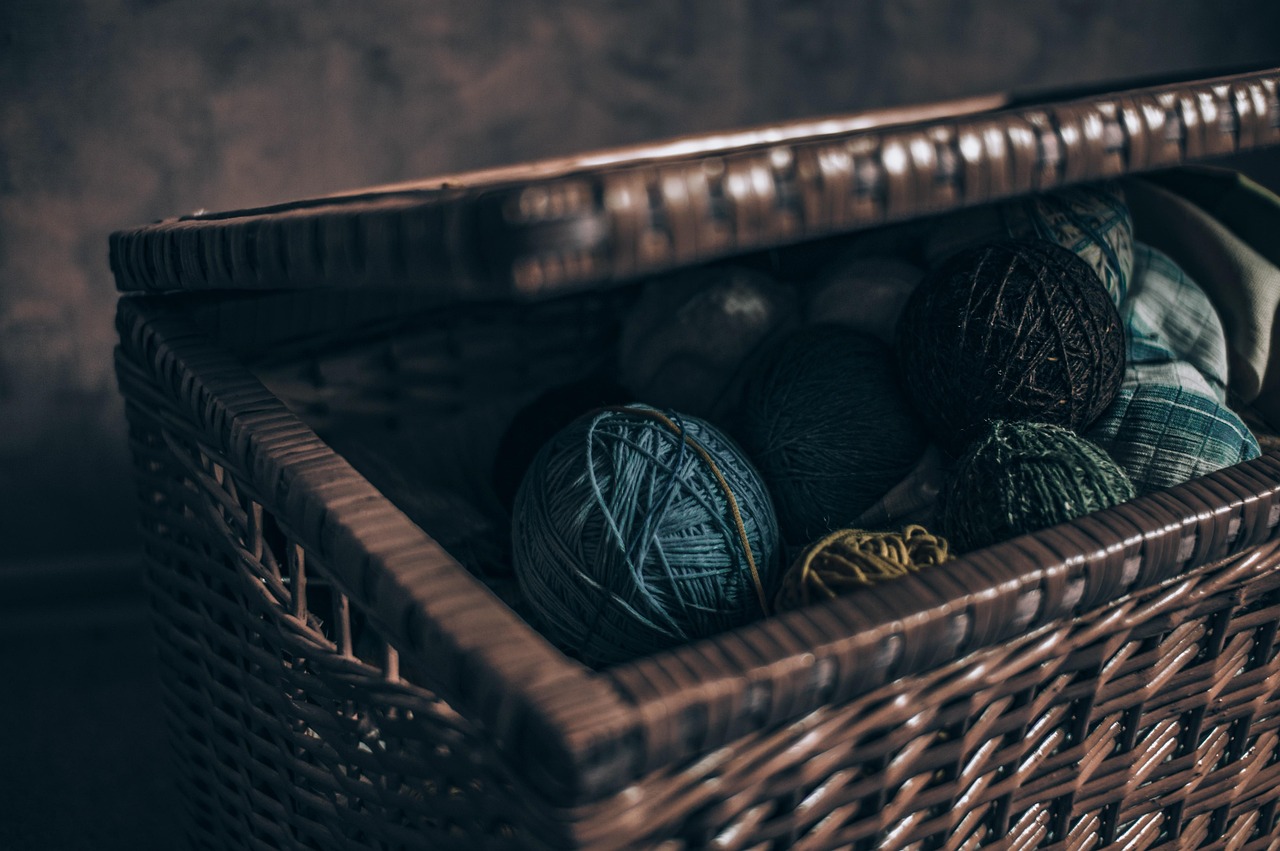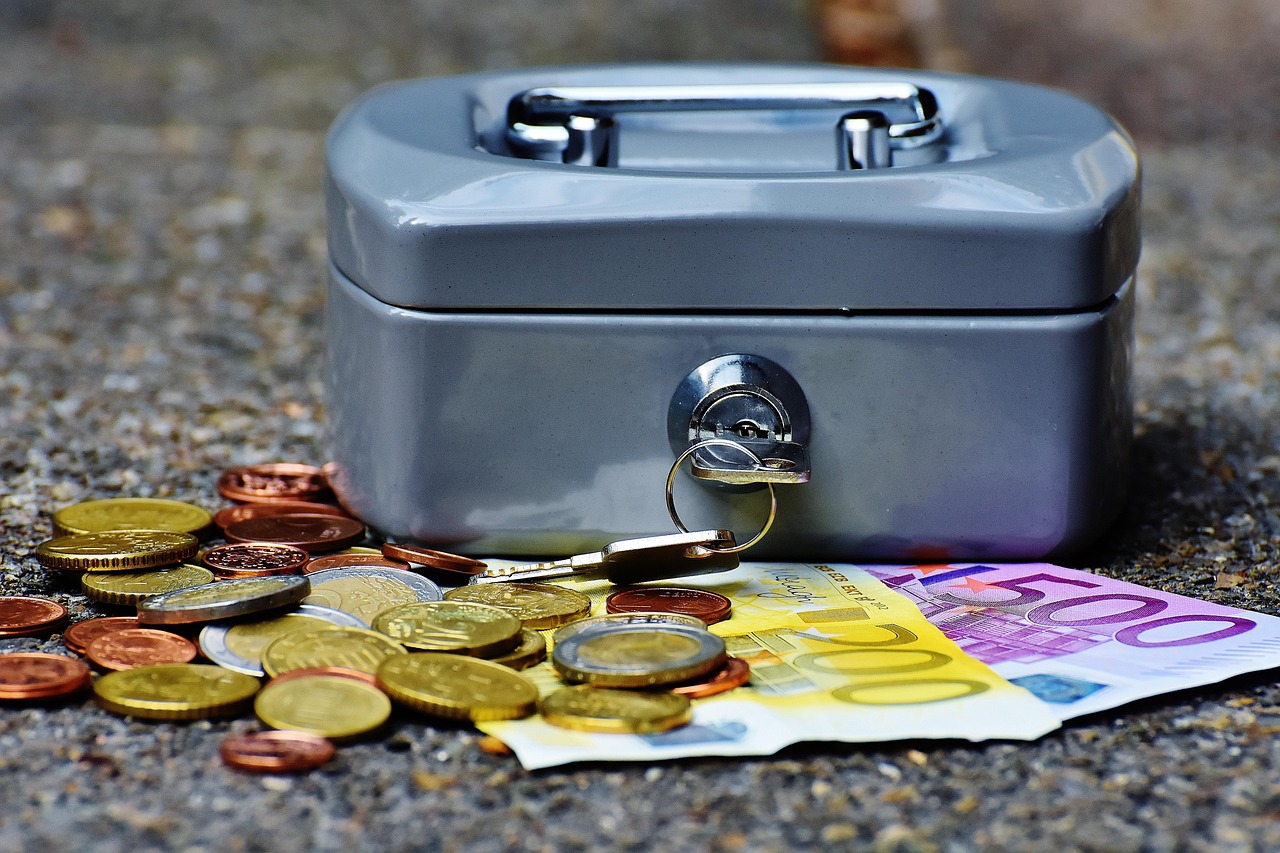The Yellow Box tree (Eucalyptus melliodora) has a moderate growth rate, typically reaching heights of 15 to 30 meters. In optimal conditions, it can grow approximately 1 to 2 meters per year, making it a valuable species in Australian woodlands.
Understanding Yellow Box Trees
Yellow Box trees are a prominent species in the eucalyptus family, native to southeastern Australia. These trees are well-known for their distinctive yellowish bark and lush foliage. They thrive in various soil types, particularly in well-drained, fertile soils, which contribute significantly to their growth rates. The tree is often found in woodlands, open forests, and along riverbanks.

The growth rate of Yellow Box trees can vary based on several environmental factors. These include soil quality, water availability, sunlight exposure, and surrounding vegetation. Understanding these factors can help in promoting healthy growth and ensuring the sustainability of this species in its native habitats.
Growth Conditions
Yellow Box trees require specific conditions to achieve their optimal growth rates. The following factors play a crucial role:
- Soil Type: Well-drained soils are essential for preventing root rot. Sandy loams or clay loams are ideal.
- Water Availability: Regular rainfall during the growing season enhances growth. However, Yellow Box trees are drought-tolerant once established.
- Sunlight: Full sun exposure is crucial for photosynthesis and overall tree health.
- Temperature: Moderate temperatures between 15°C to 30°C (59°F to 86°F) favor growth.
Growth Rate Overview
The Yellow Box tree’s growth rate is categorized as moderate when compared to other eucalyptus species. It can grow between 1 and 2 meters per year under optimal conditions. This growth rate makes it an attractive option for reforestation projects and landscaping in suitable regions.

In terms of age and height, Yellow Box trees typically follow this growth trajectory:
| Age (Years) | Average Height (Meters) | Growth Rate (Meters/Year) |
|---|---|---|
| 1 | 1-2 | 1-2 |
| 5 | 6-10 | 1-2 |
| 10 | 15-20 | 1-2 |
| 20 | 25-30 | 1-2 |
Ecosystem Benefits
The Yellow Box tree plays a vital role in its ecosystem. It provides habitat and food for various wildlife species, including birds, insects, and mammals. Its flowers produce nectar that attracts pollinators, contributing to the overall biodiversity of Australian woodlands.
Moreover, the presence of Yellow Box trees can improve soil health. Their deep root systems help with soil stabilization, reducing erosion and improving water retention. This is particularly beneficial in areas prone to drought, where maintaining soil moisture is crucial for other plant species.

Cultivation and Management
For those interested in cultivating Yellow Box trees, proper management practices are essential for achieving optimal growth rates. Here are some key practices:
- Site Selection: Choose locations with adequate sunlight and well-drained soil.
- Irrigation: Water young trees regularly until established, then reduce watering frequency.
- Pest Management: Monitor for pests and diseases that could affect growth.
- Pruning: Regular pruning helps maintain tree structure and health.
Overall, understanding the growth dynamics of Yellow Box trees can greatly enhance their cultivation and conservation in Australia’s diverse woodlands.
Factors Influencing Growth Rates
The growth rates of Yellow Box trees can be significantly influenced by various environmental and biological factors. Understanding these factors is crucial for anyone involved in forestry, gardening, or conservation efforts. Below are some of the key factors that affect the growth rate of Yellow Box trees.
Soil Quality
Soil quality is paramount for the healthy growth of Yellow Box trees. The following characteristics of soil can impact their growth:

- Nutrient Content: Soils rich in nitrogen, phosphorus, and potassium tend to support better growth. Regular soil testing can help determine nutrient levels.
- pH Level: Yellow Box trees prefer a slightly acidic to neutral pH (6.0-7.0). Soil amendments may be necessary to maintain this range.
- Organic Matter: High levels of organic matter enhance soil structure and moisture retention, contributing positively to tree growth.
Climate Conditions
Climate plays a crucial role in the growth of Yellow Box trees. Factors such as temperature, rainfall, and humidity significantly influence their development:
- Temperature: Optimal growth occurs in regions with moderate temperatures. Extreme heat can stress the trees, while frost can damage young shoots.
- Rainfall Patterns: Regular rainfall during the growing season is essential. Drought periods may slow growth or lead to tree mortality.
- Humidity Levels: While Yellow Box trees are drought-tolerant, high humidity can promote fungal diseases that affect growth.
Pest and Disease Management
Healthy growth rates can be hindered by pests and diseases that affect Yellow Box trees. Awareness and proactive management strategies are necessary to protect these trees.
Common Pests
Some common pests that may affect Yellow Box trees include:
- Eucalyptus Tortoise Beetle: This pest feeds on leaves, causing defoliation.
- Leafhoppers: These insects can weaken trees by sucking sap from leaves.
- Caterpillars: Various species may feed on foliage, leading to reduced photosynthesis.
Disease Management
Diseases can also pose threats to Yellow Box trees. Here are a few common diseases to monitor:
- Fungal Infections: Issues like root rot can arise from excessive moisture or poor drainage.
- Bacterial Blight: This disease can affect young shoots and foliage, leading to dieback.
Implementing integrated pest management strategies is essential. This can include maintaining tree health through proper watering, soil management, and regular inspections for early detection of issues.
Growth in Different Environments
The growth rate of Yellow Box trees may vary depending on their specific environment. Here are some typical settings where they thrive:
Woodland Areas
In natural woodland settings, Yellow Box trees often grow alongside other native species. Their moderate growth allows them to coexist with slower-growing plants while providing shade and habitat for wildlife.
Urban Settings
In urban environments, Yellow Box trees can be successfully integrated into landscaping designs. However, they may experience different growth rates due to soil compaction and limited root space. Proper site selection and care can mitigate these challenges.
Agricultural Areas
In agricultural settings, Yellow Box trees can serve as windbreaks or shade providers for livestock. Their growth rates may be enhanced by careful management practices that include regular watering and soil amendments.
Benefits of Yellow Box Trees in Ecosystems
The ecological benefits of Yellow Box trees extend beyond their immediate environment. They contribute to broader ecosystem health in numerous ways:
- Biodiversity Support: They provide habitats for a variety of birds, insects, and other wildlife.
- Erosion Control: Their root systems help stabilize soil, preventing erosion along riverbanks and slopes.
- Carbon Sequestration: Like other trees, they absorb carbon dioxide from the atmosphere, helping mitigate climate change effects.
The role of Yellow Box trees in ecosystems illustrates their importance not just for timber production but also for environmental health and sustainability in Australian woodlands.
Economic Importance of Yellow Box Trees
Yellow Box trees are not only ecologically significant but also hold considerable economic value. Their timber is highly sought after, and their growth patterns can influence various industries. Understanding the economic benefits derived from Yellow Box trees is essential for sustainable forestry practices.
Timber Production
The timber of the Yellow Box tree is prized for its durability and aesthetic appeal. Its characteristics include:
- Density: Yellow Box timber is dense, making it resistant to wear and tear.
- Color: The heartwood has a warm golden hue, which is attractive for furniture and flooring.
- Workability: This timber can be easily machined, sanded, and finished, making it ideal for various woodworking projects.
Due to these qualities, Yellow Box timber is often used in:
- Furniture manufacturing
- Flooring
- Joinery and cabinetry
- Boat building
Reforestation and Land Restoration
The growth rate of Yellow Box trees makes them suitable for reforestation projects. Their ability to thrive in various soil types and conditions allows them to play a vital role in land restoration efforts. Some specific benefits include:
- Improving Soil Health: As they grow, Yellow Box trees contribute organic matter to the soil, enhancing its fertility.
- Establishing Habitats: They create new habitats for wildlife, promoting biodiversity.
- Carbon Offset Programs: Planting Yellow Box trees can help organizations meet carbon offset targets due to their carbon sequestration capabilities.
Cultural Significance
Yellow Box trees hold cultural importance for many Indigenous Australian communities. They have been traditionally used for various purposes including:
- Food: The seeds and nectar can be consumed or used to make traditional foods.
- Tools: Indigenous peoples crafted tools and implements from the strong wood.
- Cultural Practices: These trees often feature in stories, art, and practices that reflect the connection between the land and its people.
Growth Rate Influences in Urban Settings
The growth rate of Yellow Box trees in urban environments can differ significantly from those in natural woodlands. Several factors contribute to this variance:
Soil Compaction and Quality
Urban areas often have compacted soils due to construction and foot traffic. This compaction can hinder root development and limit water absorption. Key strategies to improve growth include:
- Aeration: Using aeration techniques can alleviate soil compaction.
- Soil Amendments: Adding organic matter can enhance soil structure and fertility.
Water Availability
Watering practices in urban areas often differ from natural conditions. The following points are critical:
- Irrigation Systems: Installing irrigation systems can help maintain consistent moisture levels.
- Drought Tolerance: While Yellow Box trees are drought-tolerant, supplemental watering during dry spells can promote healthier growth.
Pest Management in Diverse Environments
The management of pests can vary based on the environment where Yellow Box trees are planted. Different strategies may be required depending on whether they are in natural woodlands or urban settings.
Pest Identification
Early identification of pests is crucial for effective management. Common indicators include:
- Leaf Damage: Wilting or discoloration may indicate pest infestation.
- Abrasion Marks: Physical damage on leaves or bark can suggest insect activity.
Pest Control Strategies
A variety of pest control strategies can be implemented, such as:
- Cultural Practices: Maintaining healthy trees through proper watering and soil management can make them less susceptible to pests.
- Biological Controls: Introducing natural predators of common pests can help keep their populations in check without chemical interventions.
- Pesticide Use: If necessary, use of targeted pesticides should be considered as a last resort to minimize environmental impact.
The Future of Yellow Box Trees
The future prospects for Yellow Box trees are promising, particularly with ongoing research into sustainable practices and climate resilience. Continued efforts in forestry management, conservation programs, and community engagement will play a crucial role in ensuring their health and growth rates remain robust across various environments.
As awareness grows regarding the importance of native species like the Yellow Box tree, so does the potential for their integration into modern ecological practices. Their adaptability offers hope for a sustainable future in Australian woodlands.
The Role of Research and Innovation
Research and innovation are vital to understanding and enhancing the growth rates of Yellow Box trees. Ongoing studies focus on various aspects, including genetic diversity, disease resistance, and response to climate change. By exploring these areas, scientists aim to develop better practices for cultivation and conservation.
Genetic Research
Genetic research helps identify the best-performing strains of Yellow Box trees. This knowledge can lead to:
- Selective Breeding: Breeding programs can enhance desirable traits such as growth rate, disease resistance, and adaptability to different environments.
- Clonal Propagation: Techniques for cloning superior specimens can ensure that high-quality trees are planted in reforestation projects.
Climate Resilience Studies
As climate change continues to impact ecosystems, research into the resilience of Yellow Box trees is essential. Studies may include:
- Heat Tolerance: Assessing how different genotypes respond to increased temperatures can help identify the most resilient varieties.
- Drought Resistance: Understanding physiological responses to drought conditions can inform management practices to maintain healthy growth rates.
Community Involvement and Education
Engaging local communities in the conservation and cultivation of Yellow Box trees can enhance their growth rates and overall health. Educational programs can raise awareness about the ecological and economic importance of this species.
Community Planting Initiatives
Community-led planting initiatives encourage participation in reforestation efforts. Benefits include:
- Increased Awareness: Participants learn about the importance of Yellow Box trees and their role in the ecosystem.
- Strengthened Community Bonds: Collaborative efforts foster a sense of ownership and responsibility towards local environments.
Educational Workshops
Workshops can provide crucial information on how to care for Yellow Box trees effectively. Topics may include:
- Planting Techniques: Teaching best practices for planting and establishing young trees.
- Pest Management Strategies: Providing information on organic pest control methods and early detection techniques.
Impacts of Urbanization
Urbanization poses challenges as well as opportunities for the growth of Yellow Box trees. While urban settings provide space for planting, they also bring complications due to altered soil conditions and microclimates.
Adapting to Urban Environments
Efforts are ongoing to adapt Yellow Box trees for urban landscapes. Key considerations include:
- Site Planning: Choosing appropriate locations that allow for adequate root and canopy space.
- Pavement Management: Implementing strategies to reduce soil compaction from surrounding infrastructure.
Final Thoughts
The Yellow Box tree plays a crucial role in maintaining ecological balance within Australian woodlands. With a moderate growth rate, these trees contribute significantly to biodiversity, soil health, and carbon sequestration. Understanding the factors that influence their growth, including soil quality, climate, and pest management, is essential for successful cultivation.
As research continues to evolve, we gain insights into improving growth rates and managing pest issues effectively. The economic benefits derived from Yellow Box timber further highlight its value in forestry and land restoration efforts. Community involvement in conservation initiatives fosters a deeper connection with this native species, ensuring its future in both natural and urban environments.
The importance of Yellow Box trees extends beyond their physical presence; they represent a part of Australia’s heritage and ecological identity. By investing in their preservation and understanding their growth dynamics, we can contribute to a more sustainable future for Australian woodlands.
Overall, the journey towards enhancing the growth rates of Yellow Box trees involves a collective effort from researchers, communities, and policymakers alike. Through collaboration and continued education, we can ensure that this vital species not only survives but thrives in our ever-changing environment.
